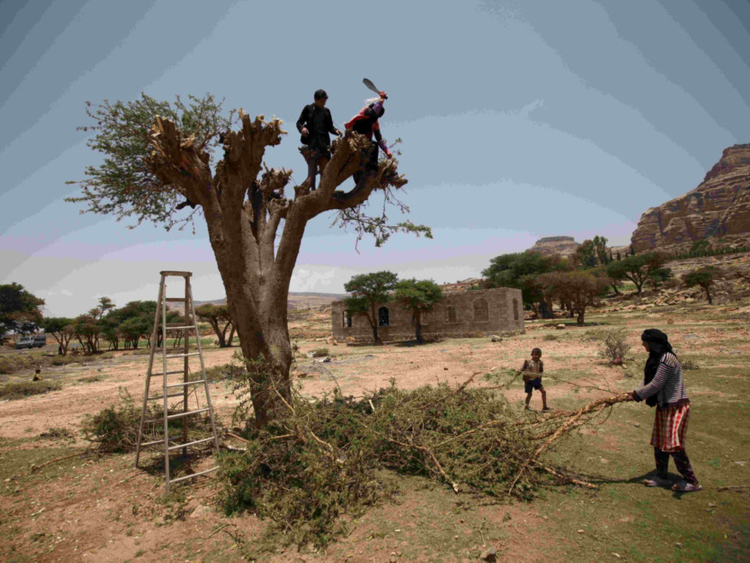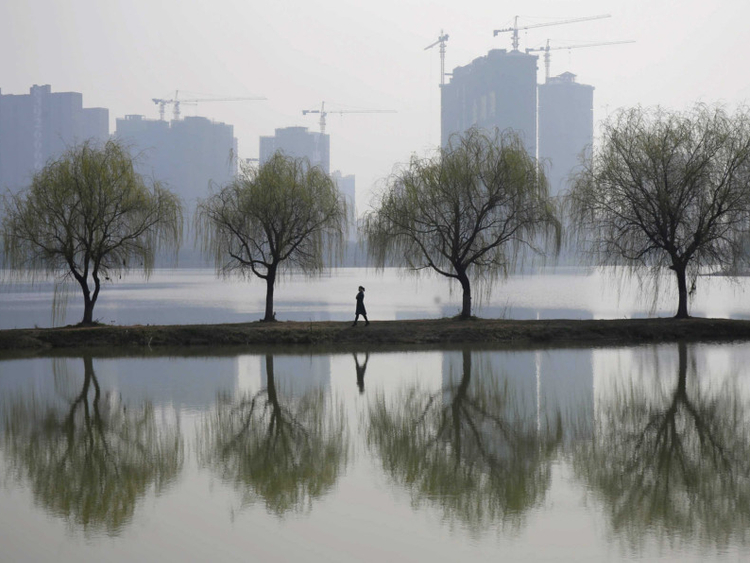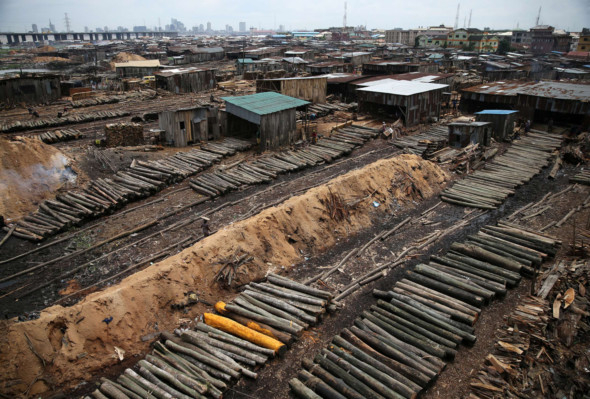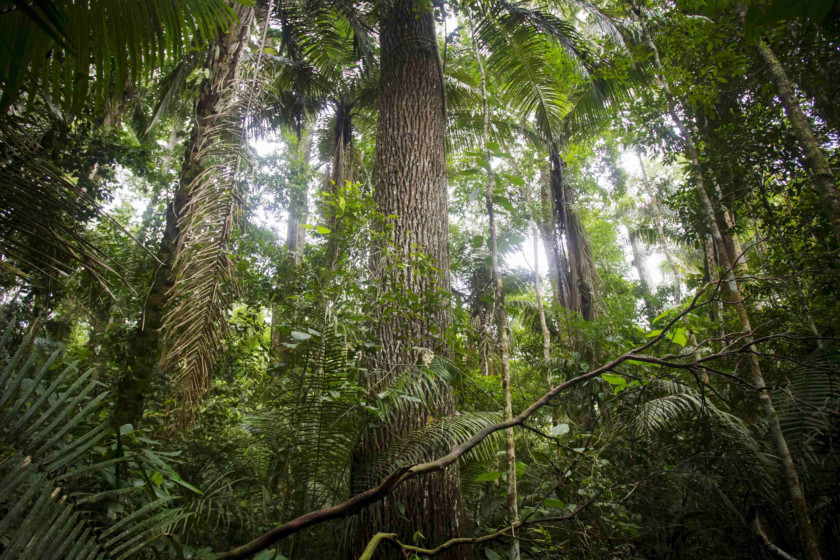
Los Angeles: How many trees are there on planet Earth?
A new study estimates the number at somewhere around 3.04 trillion.
That’s about 400 trees for every person.
And while that may seem like a lot, researchers say that before humans began clearing forests, the Earth was home to nearly twice as many trees.
“The number of trees cut down is almost 3 trillion since the start of human civilisation,” Thomas Crowther, a postdoctoral fellow at the Yale School of Forestry & Environmental Studies who led the study, said. “That is an astronomical figure.”
Previous estimates of the Earth’s current tree population put the number of trees at 400.25 billion — nearly an order of magnitude less than the new tally.
(And just so we are all on the same page, the authors define “tree” as a plant with a woody stem that is at least 10 centimetres wide at breast height.)
Scientists say the discrepancy has to do with how the two estimates were calculated. Earlier studies used satellite data to determine how many trees were living on Earth, but it was tricky because while satellites can accurately detect what areas of the planet are forested, in most cases they cannot see individual trees.
“Satellite images can tell you a lot about the forest area and canopy cover, but what we provide is a more detailed understanding of what is going on beneath the surface,” Crowther said.
The new study, published in Nature, incorporates satellite imagery, but it also relies on 429,775 ground-based measurements of tree density, where a physical person counted the number of trees in a given area.
“That is truly an amazing amount of field data,” said Marc Simard, a senior scientist in the Radar Science and Engineering section of Jet Propulsion Laboratory who was not involved with the study. “And it enables the discovery of relationships between tree density, remote sensing measurements and environmental factors.”
The ground-based data mostly came from national forest inventories. The authors were able to track them down from every continent except Antarctica.
Once the researchers had these ground-based data points, they could then use computer models to predict how many trees would be in a given area where only satellite and climate information was available.
Crowther and his colleagues report that more than 40 per cent of the trees on our planet (1.39 trillion) are located in tropical and subtropical forests.
The next largest percentage of trees (24.2 per cent) can be found in the boreal and tundra zones of Canada, Russia and northern China where hearty coniferous trees grow in the densest forests on Earth.
The remaining tree population (21.8 per cent) can be found in more temperate parts of the world including the United States and Europe.
To determine how many trees used to be on the planet, Crowther’s team overlaid its new map of tree density on top of the United Nations Environment Programme’s (UNEP) prediction of where forests used to be based on the climate conditions of the pre-Pleistocene period.
“Using our map, we could then identify how many trees that were within this area,” Crowther said.
The team used a similar technique to estimate that the planet is losing 15 billion trees a year, and replacing only five billion of them.
“If you do the math, the net loss is about a third of a per cent of all trees globally,” Harry Glick, a postdoctoral student at Yale who also worked on the study, said. “That’s not insignificant.”
Crowther added that one of the most dominant themes of the study is how large an effect humans are having on the tree population on the planet.
“Human activity came out as the strongest control on tree density across all biomes,” he said. “It really highlights how big of an impact humans are having on the Earth on a global scale.”
















